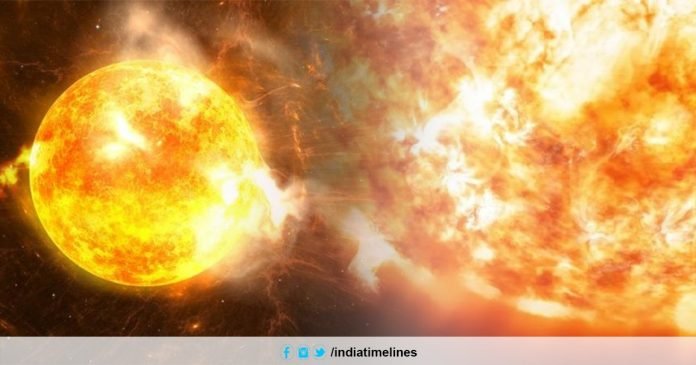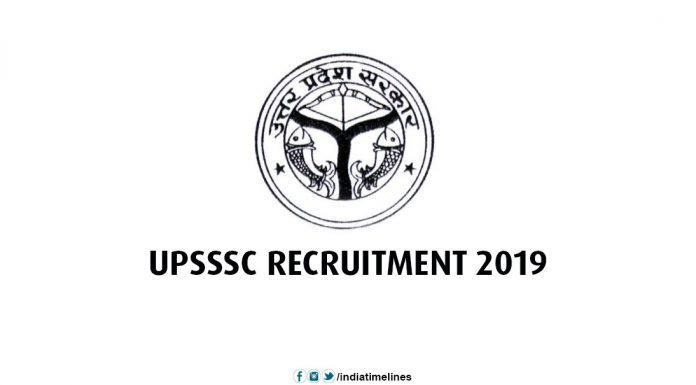
Scientists explore Sun’s damaging radiation on Moon- WASHINGTON: With NASA plans to bring astronauts back to the moon, scientists have discovered how the harmful radiation of the sun leaves the mark on the moon surface. A University of California-Berkeley study NASA’s ARTEMIS mission statistics with the simulation of the Moon’s magnetic atmosphere. ARTEMIS is less for acceleration, recycling, turmoil and electrodynamics of the intake of the Moon with the sun.
Scientists explore Sun’s damaging radiation on Moon
Data shows that the solar wind and the moon’s crustal magnetic fields work together to give the moon a distinctive pattern of the deep and light vortex. The sun releases the continuous outflow of particles called the solar wind and radiation, which spreads to planets, moons and other bodies in our solar system.
People on earth are largely protected from the harmful effects of solar wind because the solar wind is magnetized. The natural magnetic field of the Earth deflects the solar wind particles around our planet so that only a small fraction of them reach the atmosphere of our planet, scientists explained. However, unlike Earth, the Moon has no global magnetic field. For the latest news, you can visit www.indiatimelines.com.
But, magnetized rocks near the Moon surface make small, localized spots of magnetic fields that spread anywhere from hundreds of yards to hundreds of miles. There is such information, which needs to be well understood in order to save the astronauts better with the effects of radiation on the Moon, Andrew Poppe, who is a scientist of Variety.
“In some areas, magnetic fields are acting locally as the magnetic sunscreen,” said Pope. These little bubbles of magnetic “sunscreen” can also divert solar wind particles. They also adapt the regolith – the material that forms the surface of the moon – from the sun’s particles.
Poppe said that the magnetic field bubbles are not strong enough to protect humans from that harsh radiation environment, but studying their structure can help in developing techniques to protect our future explorers.




































